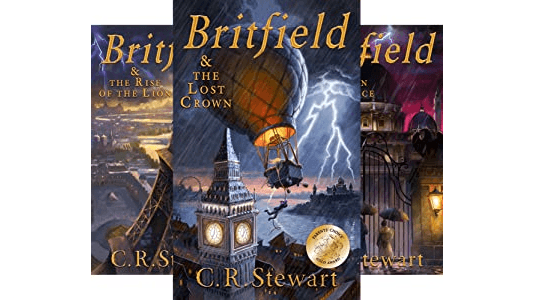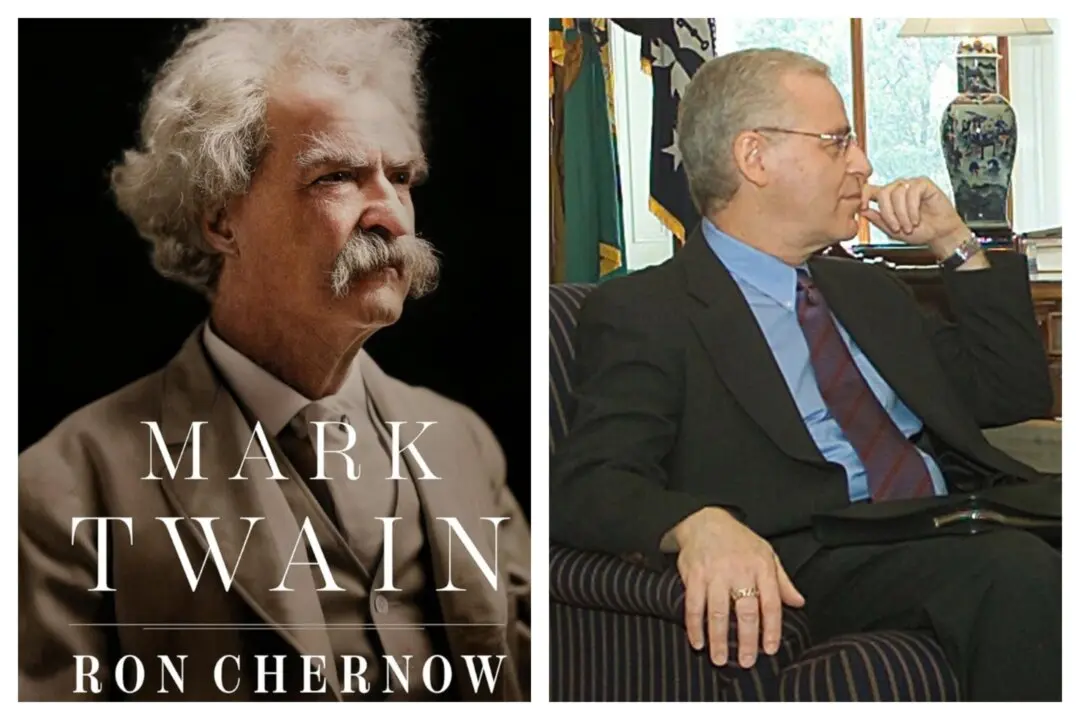The third book in the planned seven-book Britfield series has arrived, and as much as I was looking forward to reading “Britfield & the Return of the Prince,” it unfortunately did not live up to expectations.
The first two novels by C.R. Stewart in the series, “Britfield & the Lost Crown” and “Britfield & the Rise of the Lion,” were exhilarating reads, full of memorable characters both heroes and villains, intersecting and engaging storylines, awe inspiring settings, and countless moments of action. The third novel, however, seems to focus primarily on the latter: countless moments of action.






